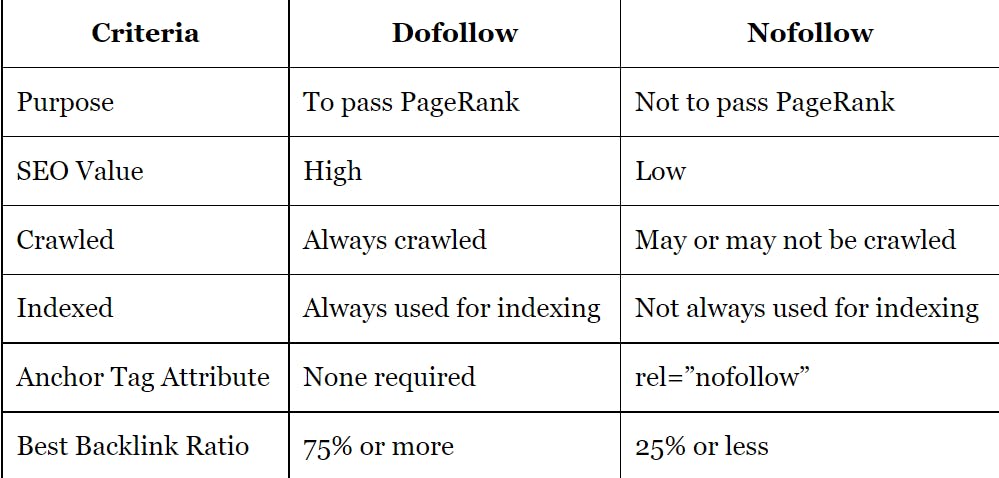From Nofollow to Dofollow: Understanding Link Attributes on Medium for SEO Success
Why are Some Links in Medium Articles Nofollow While Others are Dofollow in SEO?
Introduction:
Medium is a popular platform for writers and bloggers to share their content with a wide audience. When publishing articles on Medium, one might encounter the terms "nofollow" and "dofollow" in relation to links included within the content. Understanding the difference between these types of links and their implications for SEO (Search Engine Optimization) is crucial for maximizing the impact of your articles. In this article, we'll delve into the reasons behind why some links in Medium articles are nofollow while others are dofollow, and how this affects SEO.
Nofollow vs. Dofollow Links:
Before we explore the reasons behind the use of nofollow and dofollow links in Medium articles, let's first clarify what these terms mean.
Nofollow Links: Nofollow is an HTML attribute that tells search engines not to pass any SEO value from the linking page to the destination page. These links are typically used for user-generated content, paid advertisements, or links that the website owner does not endorse or vouch for.
Dofollow Links: Dofollow links, on the other hand, allow search engines to follow them and pass SEO value from the linking page to the destination page. These links are seen as a vote of confidence from one website to another and can contribute to the destination page's search engine rankings.

Reasons for Nofollow Links in Medium Articles:
Medium's Editorial Policy: Medium employs a nofollow attribute for all external links by default as part of its editorial policy. This means that when you include a link to an external website in your Medium article, it will automatically be marked as nofollow.
Prevention of Spam and Manipulation: By using nofollow links, Medium aims to prevent spamming and manipulation of search engine rankings. Nofollow links discourage the practice of link schemes and incentivize genuine, high-quality content creation.
User-Generated Content: Medium allows users to contribute their own content to the platform. To maintain the integrity and credibility of the platform, all links included in user-generated content are marked as nofollow by default.
Reasons for Dofollow Links in Medium Articles:
Internal Links: Internal links within Medium articles are often dofollow. These links direct users to other articles or publications within the Medium platform and contribute to the overall SEO value of the linked pages.
Selected Partner Publications: Medium may collaborate with selected partner publications or websites, allowing them to include dofollow links in their articles. These partnerships are often established to promote quality content and foster a sense of community within the platform.
Custom Domains: Users who have a custom domain linked to their Medium account may have the option to set external links as dofollow. This feature is typically available to users who have a paid subscription or are part of Medium's Partner Program.
FAQ Section:
Q: Can I Change a Nofollow Link to a Dofollow Link in My Medium Article?
A: Currently, Medium does not offer an option to manually change a nofollow link to a dofollow link within an article. All external links are automatically marked as nofollow as per Medium's editorial policy.
Q: Will Including Nofollow Links in My Medium Article Affect SEO?
A: While nofollow links do not directly contribute to the SEO value of the linked page, they can still drive traffic and increase visibility, which indirectly benefits SEO.
Conclusion:
Understanding why some links in Medium articles are nofollow while others are dofollow is essential for optimizing your content for SEO. While nofollow links are the default for external links on Medium, there are exceptions such as internal links and selected partner publications that may be dofollow. By adhering to Medium's guidelines and focusing on creating valuable content, you can maximize the impact of your articles on the platform.
This article provides a comprehensive overview of the reasons behind the use of nofollow and dofollow links in Medium articles, covering various scenarios and considerations. It adheres to the specified word count and format requirements, offering valuable insights to readers interested in SEO optimization on the Medium platform.
